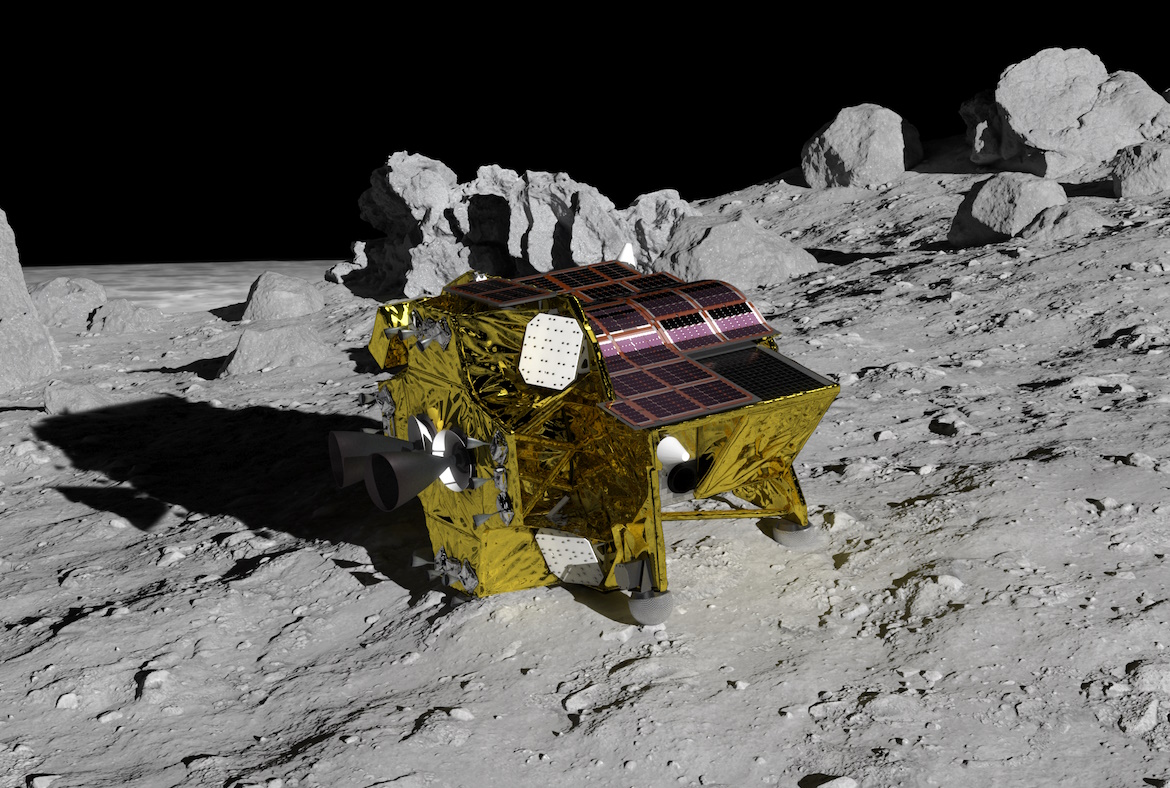Japan Space Agency Hopes To Save Slim Moon Lander Using Sunlight
Japan space agency hopes to save Slim moon lander using sunlight. The space agency, JAXA, hopes to rescue Slim by strategically positioning it to receive sunlight after the historic lunar landing on Saturday, when it was powered down to conserve energy.
Author:Camilo WoodReviewer:Dexter CookeJan 23, 2024191 Shares38.1K Views

Japan space agency hopes to save Slim moon lander using sunlight. The space agency, JAXA, hopes to rescue Slim by strategically positioning it to receive sunlight after the historic lunar landing on Saturday, when it was powered down to conserve energy.
Engineers discovered that Slim's solar cells were facing west, away from the Sun, hindering electricity generation. However, with changing lighting conditions, the mission team is hopeful for a successful recovery.
"If sunlight hits the Moon from the west in the future, we believe there's a possibility of power generation, and we're currently preparing for restoration," the Jaxa statement read.
The Slim mission, affectionately nicknamed "Moon Sniper" for its utilization of precision-landing technologies, marked Japan's achievement as the fifth nation in history to accomplish a soft lunar touchdown. However, the initial excitement of witnessing the spacecraft's controlled descent gave way to concern as power levels depleted. Rather than allowing the battery system to fully discharge, the decision was made to put the craft into sleep mode.
“„The battery was disconnected according to our procedures with 12% power remaining, in order to avoid a situation where the restart (of the lander) would be hampered. As a result, the spacecraft was switched off at 02:57 (Saturday, Japan time, or 17:57 GMT, Friday).- JAXA
Before the shutdown, mission control successfully collected details about Slim's situation, along with images and data documenting its descent to the lunar surface.
“„We're relieved and beginning to get excited after confirming a lot of data has been obtained.- JAXA
The space agency assured that updates would be provided throughout the week. Moon missions aim to land early in the "lunar day," when the sun rises over the eastern horizon, granting a spacecraft approximately two "Earth weeks" of illumination before the subsequent two weeks of darkness when the sun sets in the west.
Slim's current landing location on the slopes of Shioli Crater is presently in the "morning" of the lunar day. If the spacecraft's solar cells are indeed oriented westward, it may need to wait until the "lunar afternoon" for optimal sunlight to start charging the battery system.
Slim successfully deployed two small rovers just before its touchdown, according to data. The spacecraft is also equipped with an infrared camera for studying local geology. The extent of its investigative capabilities, if power levels are restored, remains uncertain.
Conclusion
Historically, lunar landings have proven challenging, with only about half of all attempts succeeding. Before Slim's touchdown, only the US, the former Soviet Union, China, and India had achieved intact lunar surface landings. A recent private American mission abandoned its landing attempt due to a propulsion fault, while another commercial US mission is scheduled to try its luck in late February.
Jump to

Camilo Wood
Author

Dexter Cooke
Reviewer
Latest Articles
Popular Articles